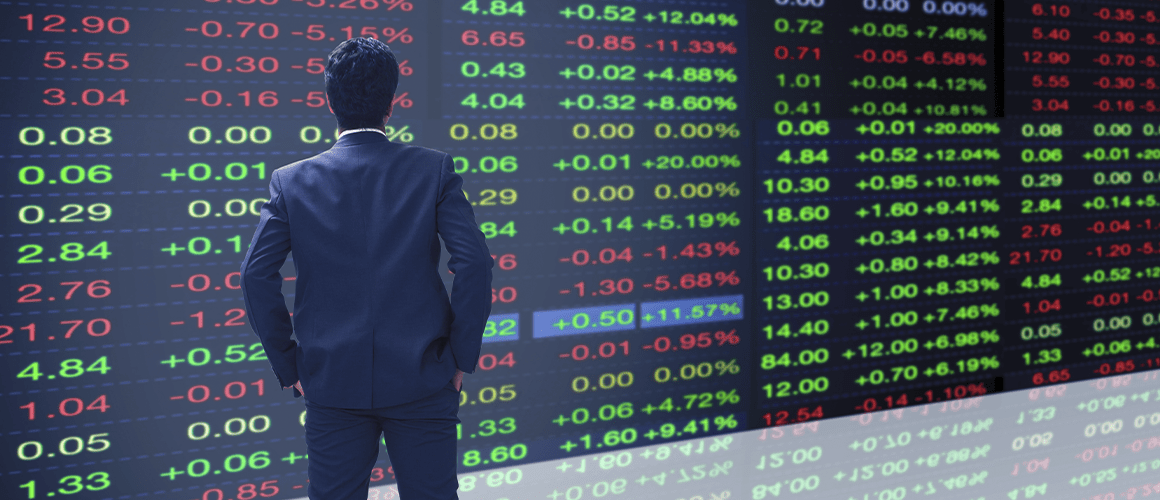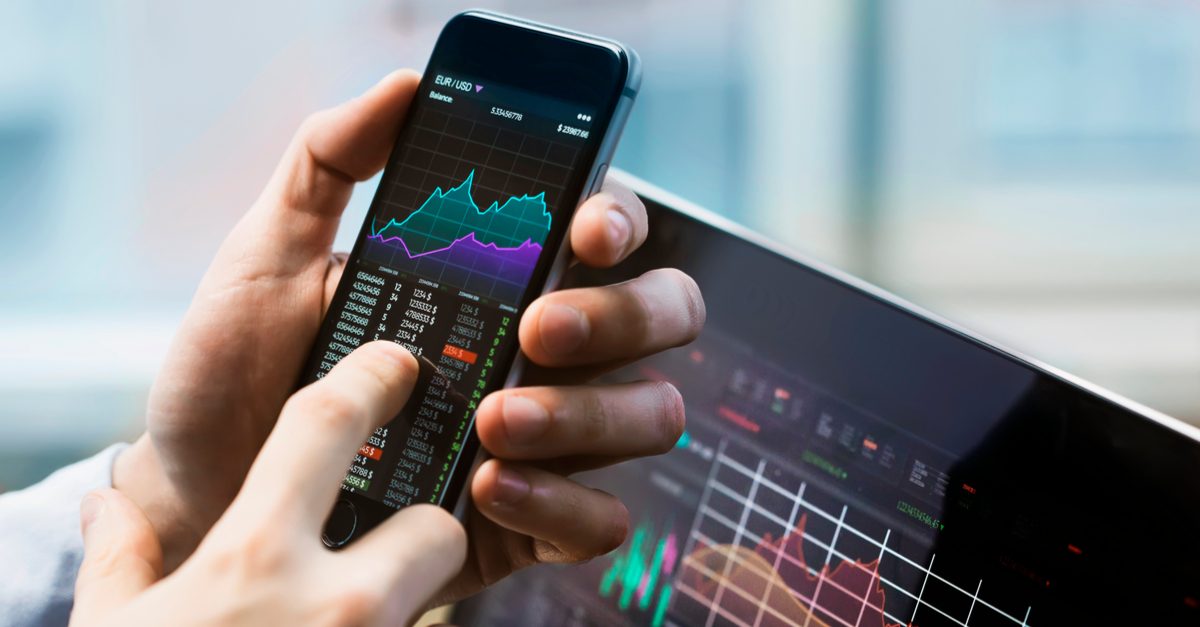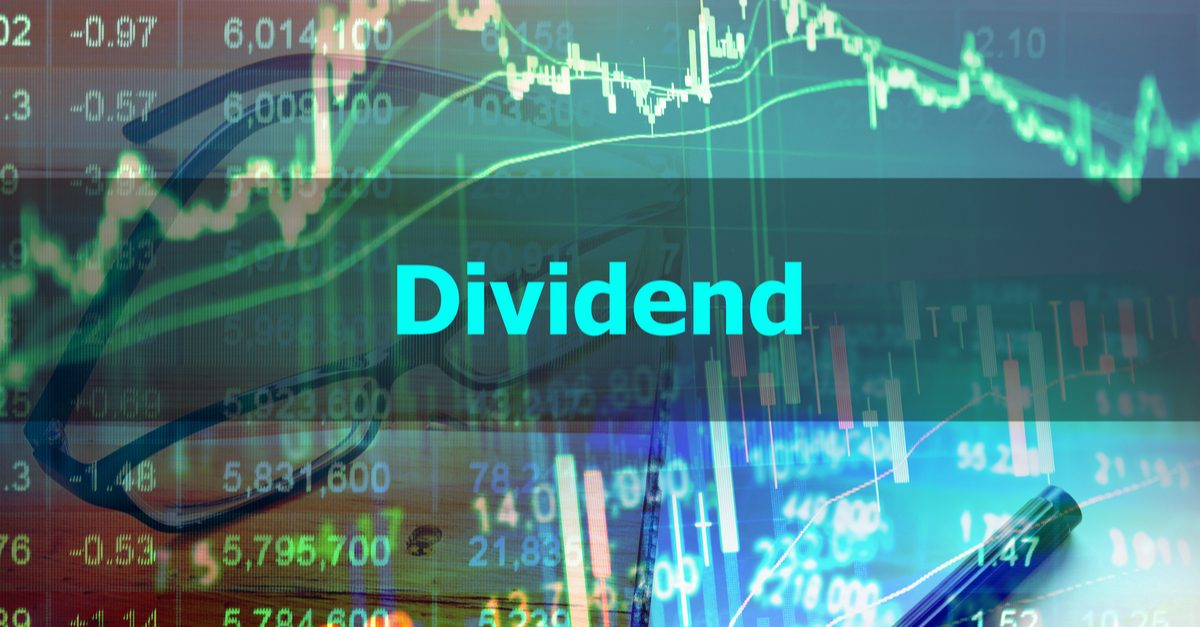How to Make Money on Stocks Decline?

4 minutes for reading
It is widely thought that any trader can make money on the growing market but if the market is falling, only a few can make use of it. Indeed, falling of the stock price of large companies is interpreted as a good opportunity to buy the stocks and earn money later, on their increase.
At the beginning of 2019, one Apple stock cost about $142 but by the end of the year, it has reached $169. As we can see, even buys on a falling market can yield a good profit in a year or less.
However, if the trader wants to take everything from the market and make money on the falling of stock prices as well, it is worth figuring out how and at what risk we can do so: if we buy, we do not care how much the price grows, be it 100% or 200%; but if we sell, our potential loss may be substantial if the company grows well.
How to sell stocks?

Of course, a question emerges: how do we sell what we do not own? Here, the broker company comes to the scene, helping the trader make such operations. By the way, we have a nice article with guidelines for choosing a broker.
The idea is that you loan a certain number of stocks from the broker. Then you sell them at the current market price; thus your debt to the broker appears. This is the first part of the operation: opening the position.
To complete the operation, we need to give back the loaned stocks to the broker, buying them at the market price. To make money, you need this price to be lower than the initial one. This is the second part of the transaction — closing the position.
In October 2018, the Apple stocks were testing $230 per stock and then fell to $142. Let us see how we can calculate the profit on this falling.
Imagine we have forecast this decline and realize that we can earn $85 on one stock. We decide to open a position selling 25 Apple stocks at $230, the aggregate sum being $5,750. To close the position, we need to give back to the broker 25 stocks but at the price of $145. In other words, instead of $5,750, we give back $3,625. Our profit may be $2,125. We should remember that this is a historical example that represents the idea, real trading requires a risk assessment.
Why does the broker give this opportunity?
For such a specific service as loaning stocks to a physical person, the broker charges a certain fee. The price is normally represented in the trading conditions: normally, it is a commission fee for opening and closing the position. Thus, the broker will make money on loaning the stocks, while the trader will have an opportunity to make money on the expected decline.
Will I have dividends for such a transaction?

Experienced traders do not recommend to sell stocks before the payment of dividends. The thing is that loaned stocks will not bring dividends: they will be received by the real owner holding a long position on them. The trader who sells the stocks pays dividends to the owner.
It turns out that we cannot count on additional income in the form of dividends during such an operation, we make money only in the case of a serious falling.
Is there any risk?
Of course, speculative trading always involves risks. It is thought that the risk of a loss on a short position is always much higher than when buying stocks.
If we have bought a stock at $5 per stock, when the price falls to 0, we only lose $5. If we sell a stock at $5, the price may grow not only to $10 but to $50, to $100 or higher. In this case, we may lose much more than just $5.
Here, the risk is, indeed, high at the moment of opening a selling position. However, as with Apple, fallings happen, and we can make money on them, and risk management is an important part of trading.
To sell or not to sell?

In modern trading, we can as easily sell as buy stocks. Even the most promising companies face difficulties, and at such times their stocks may fall in price significantly, so a trader can sell them with a good profit.
Of course, such operations have drawbacks in the form of increased risks and a lack of dividends. So, it might seem better to wait for the end of the bearish market and enter with a buy. On the other hand, as we have said above, if you want to take everything from the market, you can try selling.







